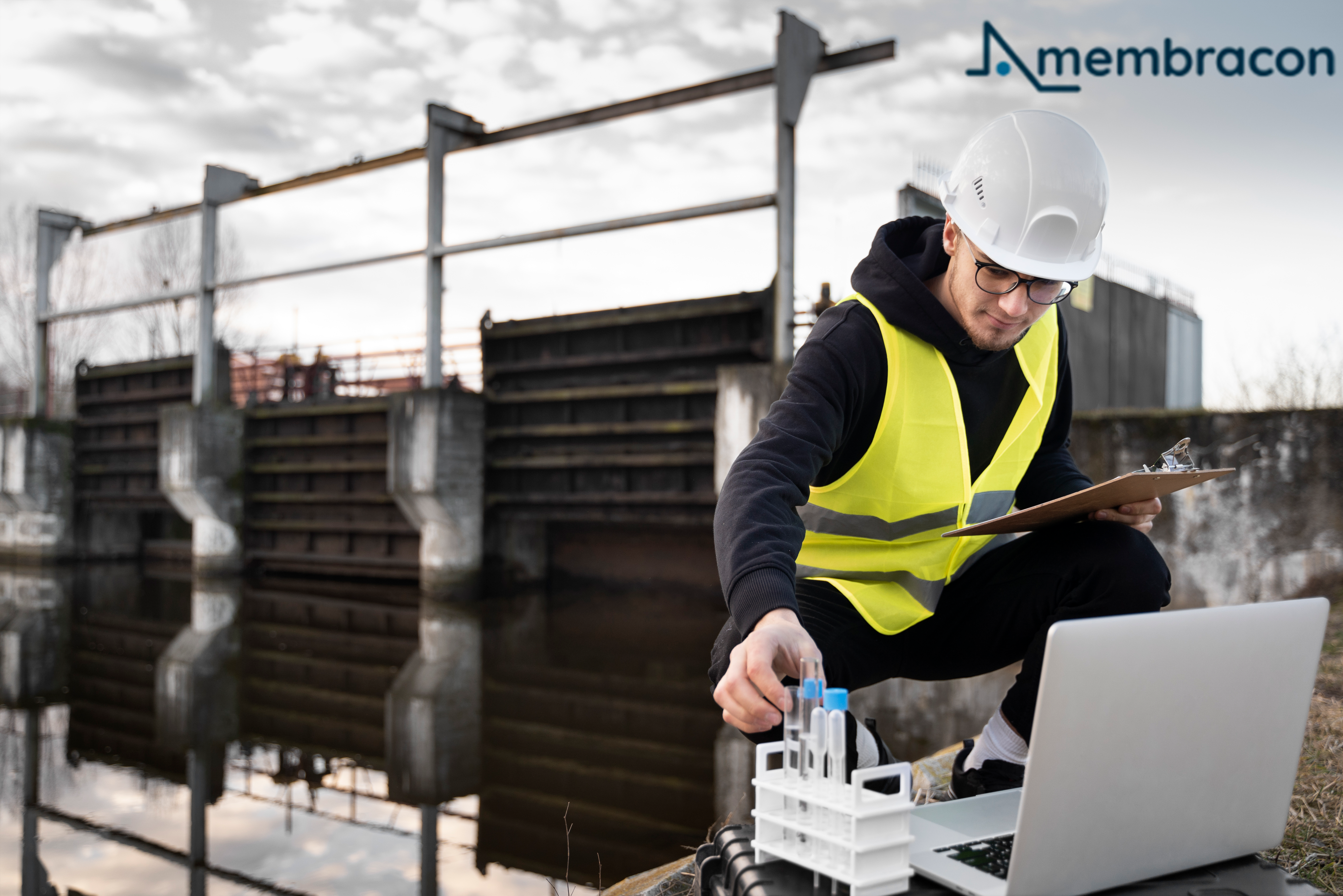
How to Select an Effluent Treatment?
The first step is accurately gauging the total effluent volume and flow rate with a survey to size the treatment capacity properly.
In parallel, estimate if your production processes or volumes could expand, meaning greater effluent generation. The treatment selected must have adequate capacity.
Quantifying both the current flow requirements and potential increases lets us identify and design suitable treatment solutions scaled for your needs.
Reviewing Regulatory Requirements
Your jurisdiction’s environmental legislation likely mandates numeric limits for pollutants in industrial discharges to surface water, sewers, or land.
Common regulated parameters are BOD, COD, TSS, pH and toxicity – but specific limits and additional restrictions may apply to textiles or other industry sectors. Ensure your selected treatment effectively reduces contaminants to compliant levels in the final discharge. You may also need to meet restrictions set by buyers – identify any such contractual obligations. Regulatory analysis is essential to establish treatment objectives.
Evaluating Treatment Alternatives
With the known wastewater pollution load and permissible limits, evaluate potential treatment methods that can cost-effectively achieve the discharge targets.
The technologies fall into three main categories – biological treatment, chemical treatment, and mechanical treatment.
Biological processes like membrane bioreactors rely on microbial metabolism to consume organic pollutants. Well-designed systems effectively reduce BOD, COD, TSS and nutrients but usually don’t remove colour or toxic pollutants.
Chemical methods use coagulation, precipitation, and adsorption to destabilise particles and separate them from treated water. They excel at colour removal but are less suited for organics reduction. A more effective and cleaner treatment is reverse osmosis.
A combined configuration with physiochemical pre-treatment followed by biological polishing provides comprehensive effluent treatment by offsetting individual limitations.
Configuring Treatment Components
The treatment train will likely utilise some combination of screening, pH correction, equalisation, clarification, biological treatment, and final polishing selected specifically based on your characterised wastewater properties and treatment goals.
Work closely with a qualified wastewater treatment system designer to select and sequence the technologies appropriately. Equipment selection choices for key steps can significantly impact performance and costs.
For instance, diffused aeration and submerged attached growth biological reactors take less space but require more energy than conventional activated sludge.
Compare sedimentation, filtration, flotation, membrane bioreactors and other methods for the critical solids-liquid separation role. Granular activated carbon offers superior organics adsorption for final polishing.
Allocating Sufficient Resources
While treatment technology selection significantly impacts discharge quality, providing adequate resources is also essential for smooth functioning.
Determine the land area and terrain needs for the system layout. Estimate capital expenditure and operating expenses covering initial procurement, civil works, piping, electromechanical equipment, instrumentation, chemicals and consumables, energy, and manpower.
Unsurprisingly, complex combined configurations require more significant resources than simpler ones. Prepare and allocate sufficient funds in your project budget before installation begins.
Monitoring for Process Control
Once commissioned, monitor the treatment system inlet load, intermediary steps and discharge quality through laboratory or online analysis to track performance.
Test for parameters like BOD, COD, TSS, colour, nutrients, pH, flow rate, and others as needed. Daily or weekly sampling provides process control data to optimise individual unit setpoints and chemical dosing rates.
Robust monitoring preserves long-term effluent treatment effectiveness. We recommend quarterly or annual checks to verify performance. Any capability deterioration issues can also be caught early and mitigated through data review.
